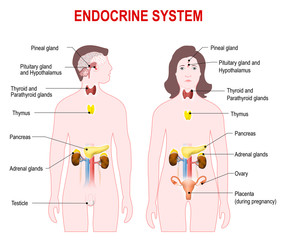- A Mineral storage
- B Protection of organs
- C Movement
- D Metabolism
Answer:
D
The skeletal system is responsible for several important functions such as providing support to the body, aiding in movement, storing minerals such as calcium and phosphorus, and protecting vital organs. However, metabolism is not a function of the skeletal system. Metabolism is the process of converting food into energy and nutrients required by the body, and this process occurs mainly in the liver, pancreas, and other organs of the digestive system.
 Integumentary system
Integumentary system  Embedded system
Embedded system  Endocrine system
Endocrine system  জীবদেহের গঠন
জীবদেহের গঠন  কোশের আকৃতি
কোশের আকৃতি  মানুষের দেহের কোশের আকৃতি
মানুষের দেহের কোশের আকৃতি  বিভিন্ন শারীরবৃত্তীয় কাজ
বিভিন্ন শারীরবৃত্তীয় কাজ  উদ্ভিদদেহে ও প্রাণীদেহে কোশের কাজের বিশেষত্ব ও কলার প্রকারভেদ
উদ্ভিদদেহে ও প্রাণীদেহে কোশের কাজের বিশেষত্ব ও কলার প্রকারভেদ  প্রাণীকোশের গঠন
প্রাণীকোশের গঠন